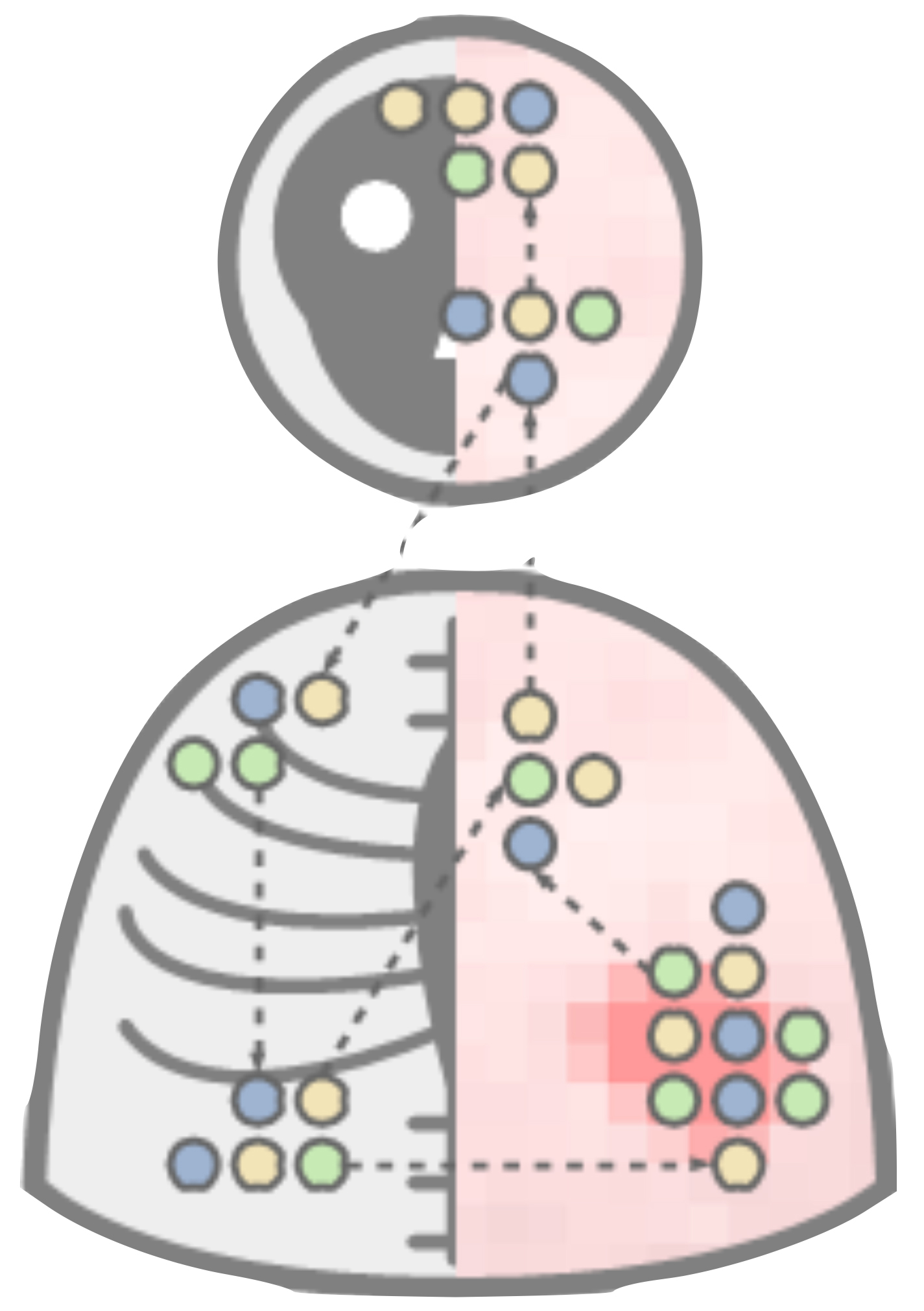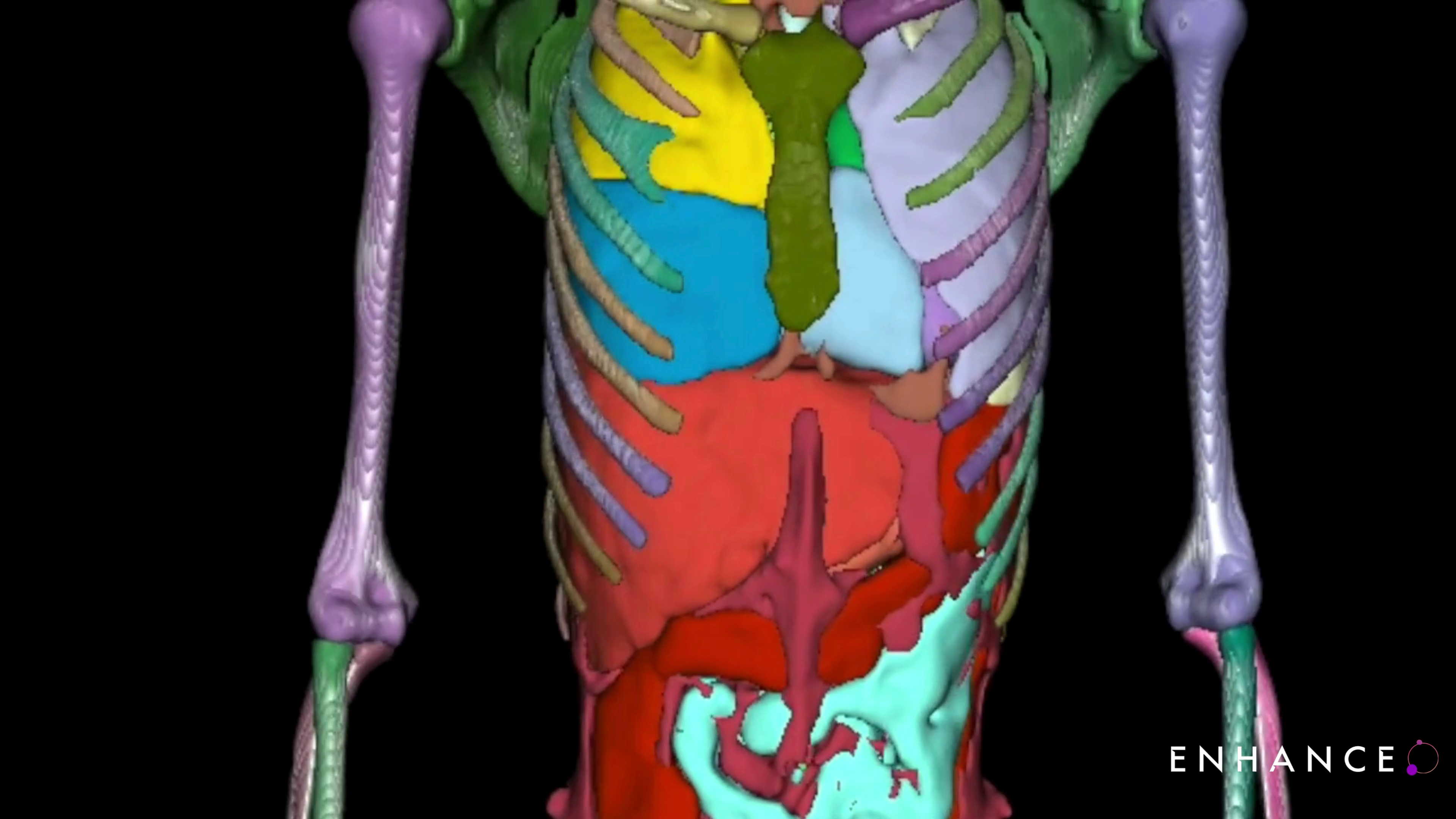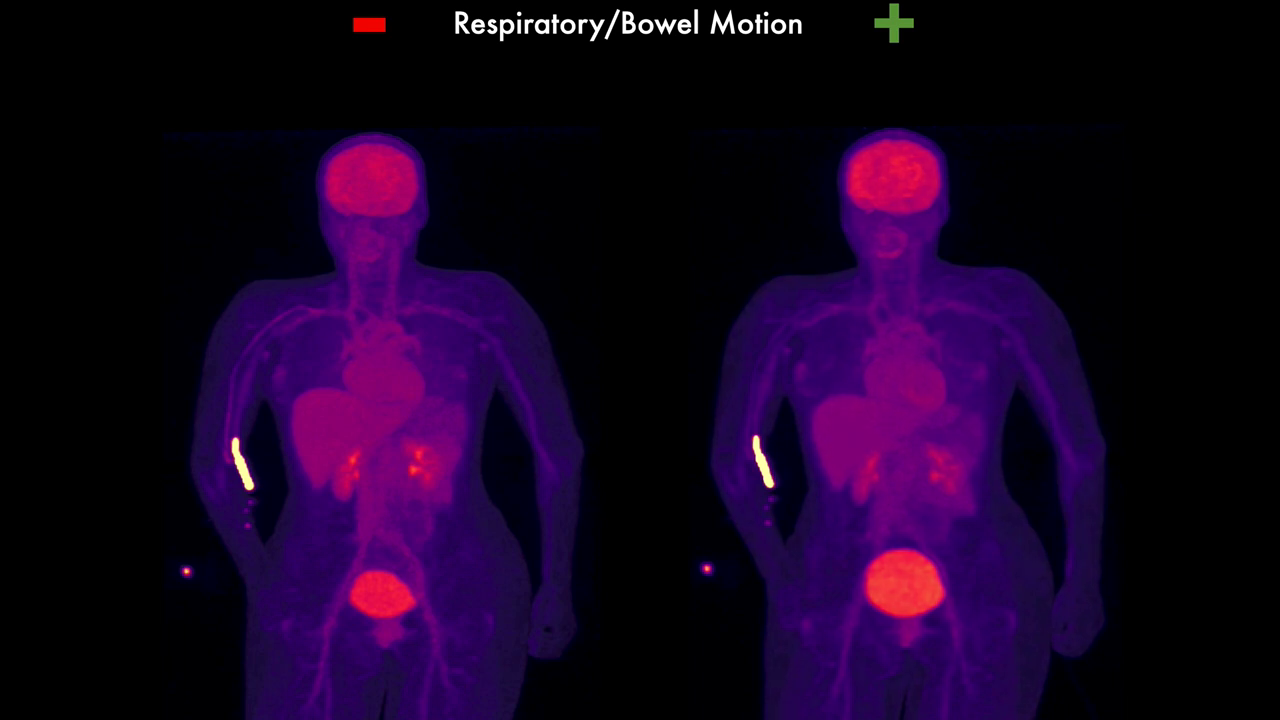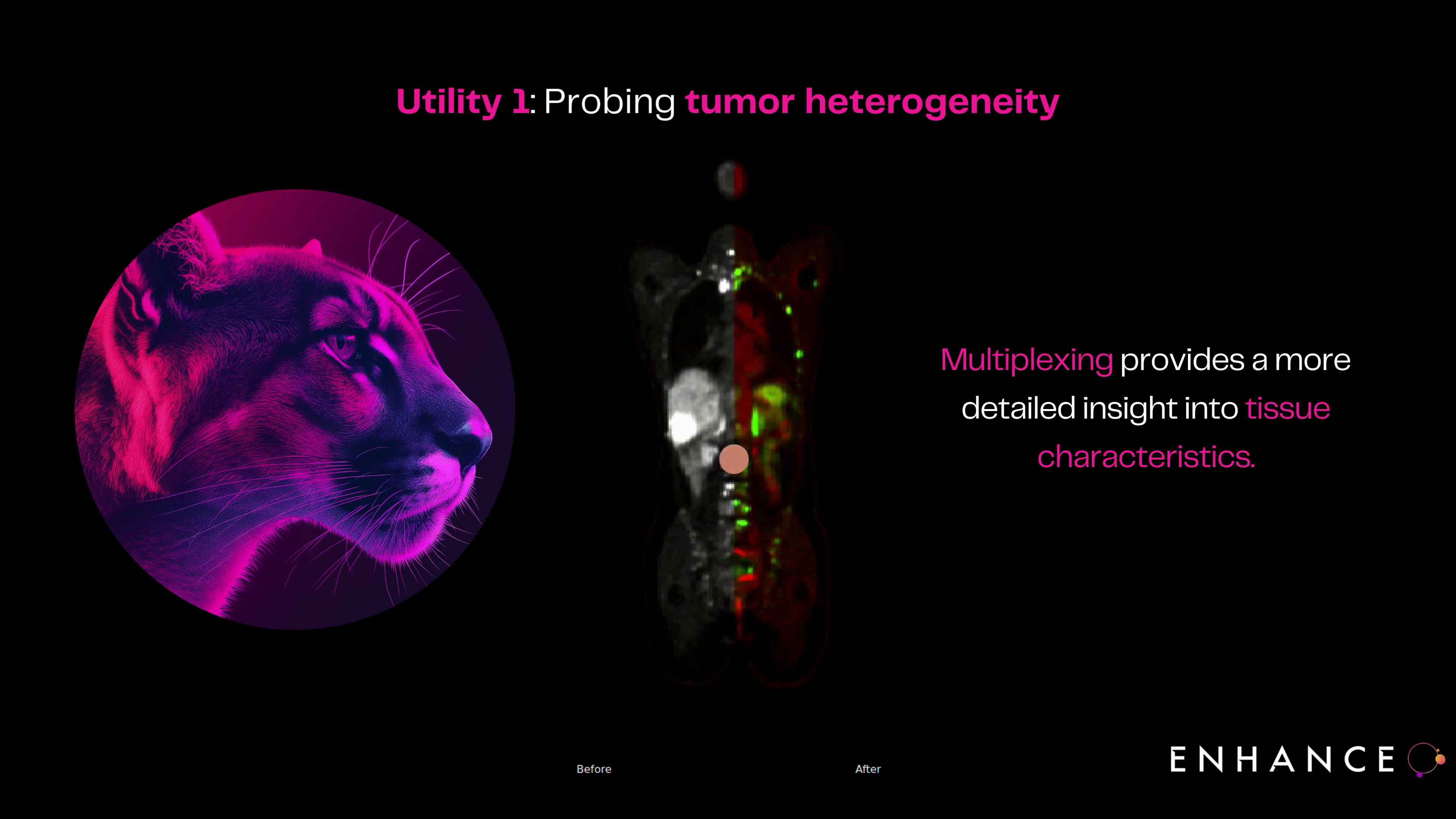Network imaging: Assessment of inter-organ axes

Understanding complex diseases and choosing appropriate therapies mandates a better understanding of inter-organ communication and network effects. Today, molecular imaging data can be sourced from dynamic, whole-body PET (DWB-PET) imaging, but automated pipelines for advanced data processing are missing. We are establishing an armamentarium of image-analysis tools to bring forth an automatic quantification platform for clinical DWB-PET to assess inter-organ signaling for selected, clinically relevant scenarios.
ENHANCE.PET: A Total-Body PET Imaging Initiative
ENHANCE (Enabling New Horizons for Advanced Networking, Code-sharing, and Education in Total-Body PET Imaging) is a pioneering initiative dedicated to empowering the global PET imaging community. The primary objectives of the platform are to facilitate the sharing of open-source tools, provide access to high-quality total-body PET datasets, and offer educational resources that foster interdisciplinary collaboration, accelerate research, and promote innovation in the field.
MOOSE: Multi-Organ Objective SEgmentation

After activation, data will be sent to YouTube. Further information here: Data protection
Accurate multi-organ segmentation is crucial for quantitative analysis of imaging data and for advancing personalized medicine and research in systemic diseases. However, it is a time-consuming process, requiring significant manual effort and clinical expertise. MOOSE is a data-centric AI solution that generates multilabel organ segmentations to facilitate systemic total-body whole-person research. The pipeline is based on nn-UNet and has the capability to segment 120 unique tissue classes from a whole-body 18F-FDG PET/CT image
FALCON: Schnelle ALgorithmen zur Bewegungskorrektur

After activation, data will be sent to YouTube. Further information here: Data protection
Voluntary and involuntary patient motion during PET/CT acquisition, including breathing, cardiac motion, and changes in body position, can lead to mismatches between the CT and PET images, resulting in motion artifacts and blurred images. FALCON is a Python-based software application designed to facilitate PET motion correction, both for head and total-body scans. Our program is built around the fast 'greedy' registration toolkit, which serves as the registration engine.
PUMA: PET Einheitliche Multi-Tracer-Ausrichtung

After activation, data will be sent to YouTube. Further information here: Data protection
PUMA enables the power of multiplexing: a process that fuses multiple tracer images into a single, multicolored composite that reveals not just the presence of disease but its multifaceted physiological context. The multiplexed approach provides a more comprehensive view, helping clinicians uncover nuanced insights about tumors and their microenvironments.
